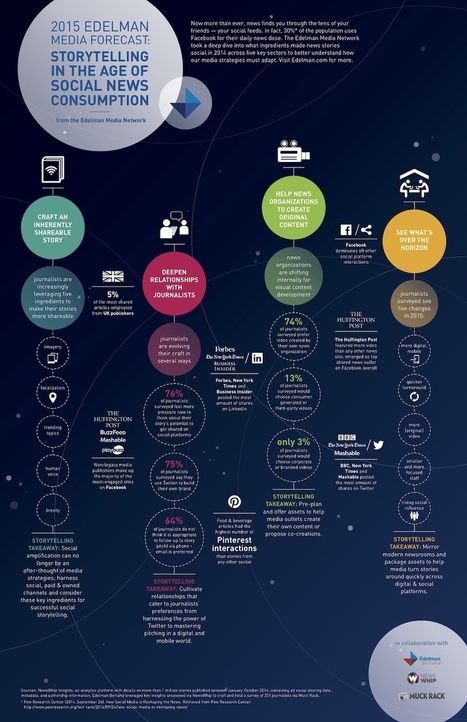In the last few weeks the shooting down of Malaysia Airlines Flight 17, the Ukrainian crisis and the situation in the Gaza Strip are monopolizing media attention....
Last Wednesday the Twitter account of the Associated Press posted this tweet:
BREAKING: Dutch military plane carrying bodies from Malaysia Airlines Flight 17 crash lands in Eindhoven.
The news was verified, the tweet was not wrong from a grammatical point of view, however there was an ambiguity whereby if the word 'crash' is read as a part of the verb 'crashland' rather than as a noun, the meaning becomes the plane which was carrying the bodies of the passengers of the MH17 had crashed. A little later, the account clarified the misunderstanding, but the damage was done with the tweet wrongly interpreted and already shared by thousands of people, sparking the most varied reactions.
The episode has prompted Megan Garber of The Atlantic to write a piece about the use of "breaking news" designation. According to Garber, it was not a necessary piece of news to add to many others re-launched as indispensable 'breaking news' (a plane has landed, after all: it is news in an article, in a context, but not breaking news itself). It is useless to engulf the news ecosystem. "The term 'breaking' is quickly losing its meaning," Garber explains, in agreement with what Felix Salmon stated during the last edition of the International Journalism Festival....
Via
Jeff Domansky



 Your new post is loading...
Your new post is loading...












This study gives us a valuable perspective on PR and journalism in the age of social media. Hint: think storytelling!
The story is the driving force, whether it is in the field of reporting, or marketing, or even teaching. The pressure of finding a story good enough to tell, and being able to do so in an interesting manner can make all the difference to the news report, or the boardroom presentation before the takeover, or even the class room on jurisprudence!